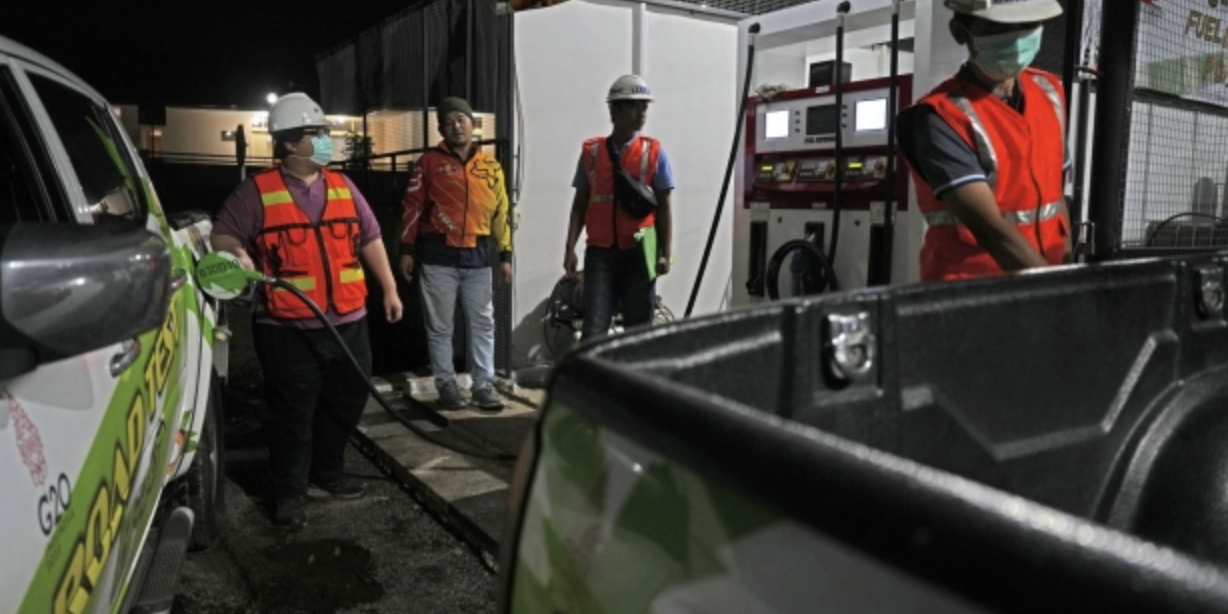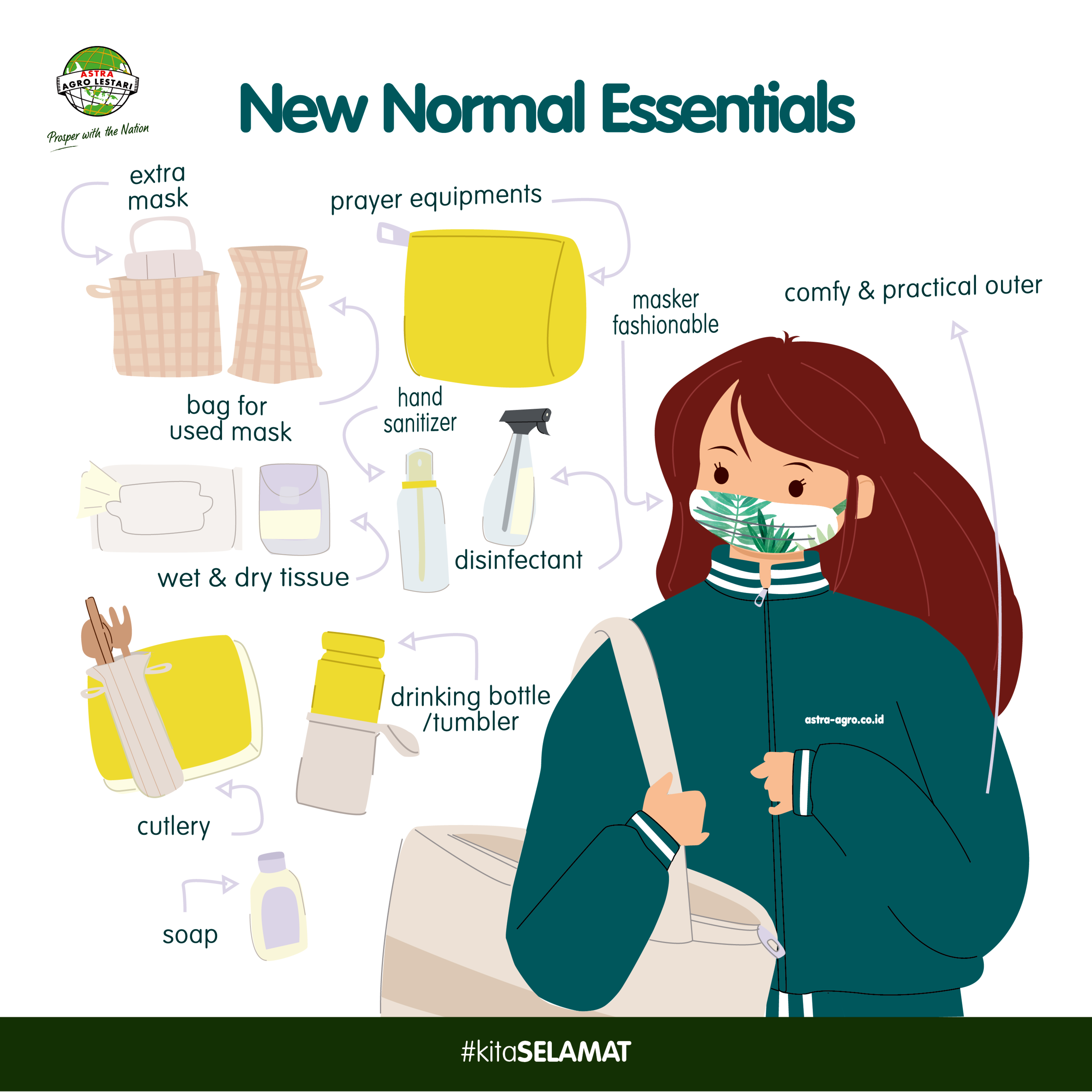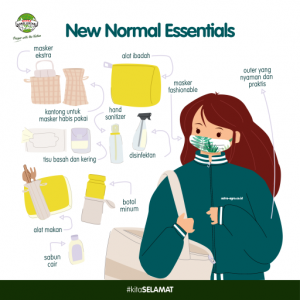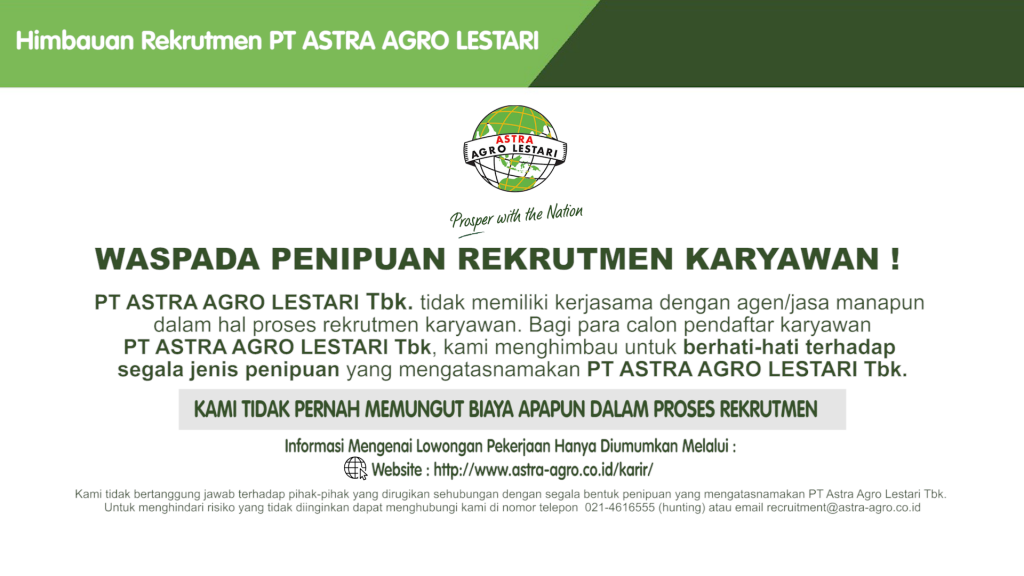Indonesia said the ramp-up toward its latest biodiesel mandate has been slow, but the country will stick to its target of producing fuel using a 35% blend of palm oil this year.
The world’s top vegetable oils producer implemented the biodiesel program known as B35 in its transport sector at the start of February, raising it from B30, which required a 30% palm oil mix. A certain volume of palm oil is allocated toward meeting the mandate, curbing supplies available for export.
Despite the higher mandate, biofuel demand has been weak. Indonesia only consumed about 2.1 million kiloliters of palm-based biodiesel between January and mid-March, down from 2.5 million in the first quarter of 2022, according to the Energy and Mineral Resources Ministry. Some industry players have said that producers need more time to meet the new target.
“There are some regions that are still selling diesel blended with 30% palm oil,” Dadan Kusdiana, director general of New, Renewable Energy and Energy Conservation, said in an interview late Wednesday. “We are giving fuel retailers flexibility until mid-year to make adjustments to their blending facility.”
The slower-than-expected biofuel usage suggests Indonesia may lag behind its target of consuming 13.15 million kiloliters of B35 biofuel this year. The ministry, however, said it will maintain that forecast on the assumption that fuel demand will accelerate in the coming months.
The proportion of Indonesia’s palm-biodiesel blending is the highest in the world. Once challenges in the B35 roll-out are resolved, the Southeast Asian country may look to further raise the blend to 40% palm oil, Kusdiana said.
“We need to think about the impact on palm oil prices, exports and levy before making the decision,” he said, adding that on-shore storage tanks, jetties and the production capacity at biofuel facilities must first be expanded to meet B40 requirements.
Source: BNN Bloomberg










